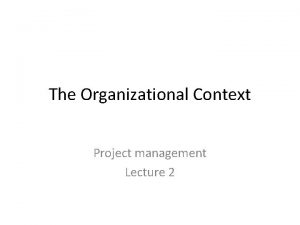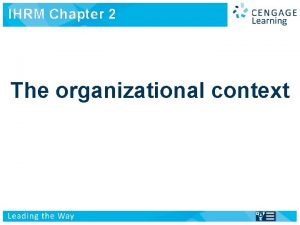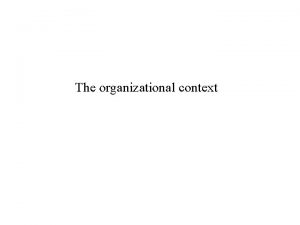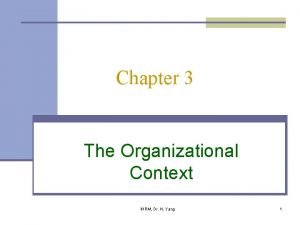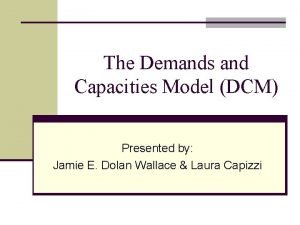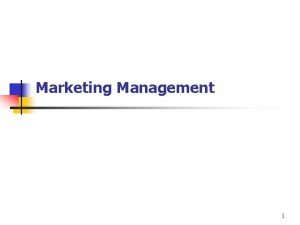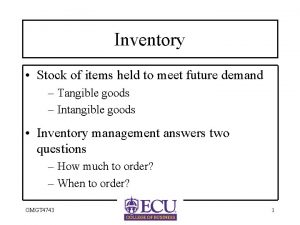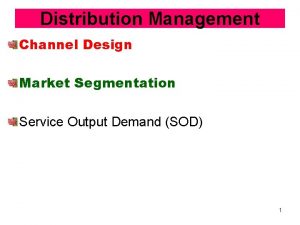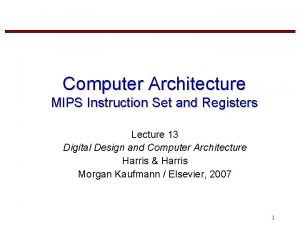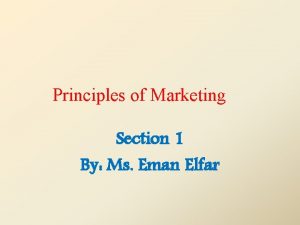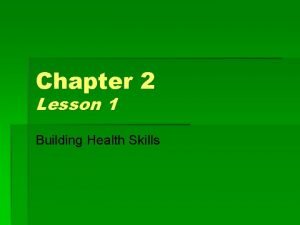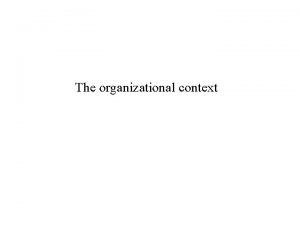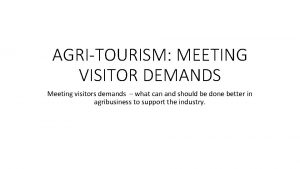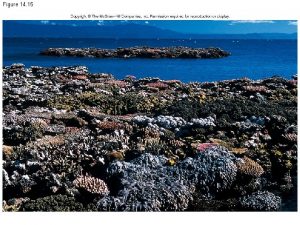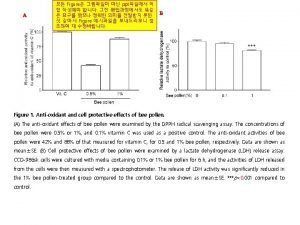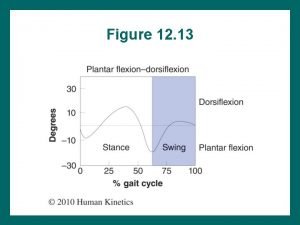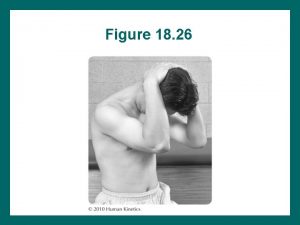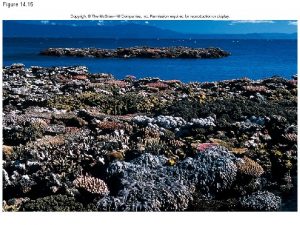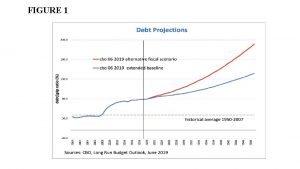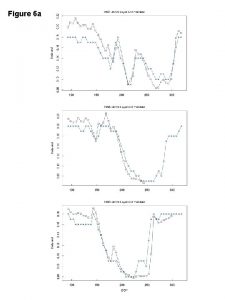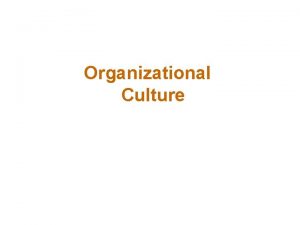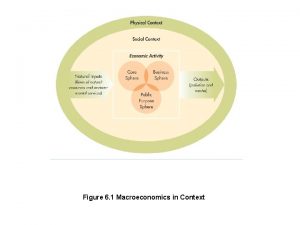The organizational context Figure 2 1 Management demands




















- Slides: 20

The organizational context

Figure 2 -1: Management demands of international growth

The path to global status • Causes structural responses, due to: – Strain imposed by growth and geographical spread – Need for improved coordination and control across business units – The constraints imposed by host-government regulations on ownership and equity • Evolution path common but normative

Figure 2 -2: Stages of internationalization

Stages of internationalization: Exporting • Typically the initial stage of international operations – Usually handled by an intermediary (foreign agent or distributor) – Role of HR department unclear at this stage

Figure 2 -3: Export department

Sales subsidiary • Replacing foreign agents/distributors with own through sales or branch offices/subsidiaries • May be prompted by: – – Problems with foreign agents More confidence in international activities Desire for greater control Give greater support to exporting activities • PCNs may be selected, leading to some HR involvement

Figure 2 -4: Sales subsidiary

International division • Creation of a separate division in which all international activities are grouped • Resembles ‘miniature replica’ of domestic organization • Subsidiary managers report to head of international division • Objectives regarding foreign activities may determine approach to staffing of key positions – Expatriate management role of corporate HR

Figure 2 -5: International division

Global product/area division • Strain of sheer size may prompt structural change to either of these global approaches • Choice typically influenced by: – The extent to which key decisions are to be made at the parent country headquarters or at the subsidiary units (centralization versus decentralization) – Type or form of control exerted by parent over subsidiary

Figure 2 -6 a: Global product division Figure 2 -6 b: Global area division

The matrix • An attempt to integrate operations across more than one dimension • Violates Fayol’s principle of unity of command • Considered to bring into the management system a philosophy of matching the structure to the decision-making process

Figure 2 -7: The matrix

Problems with the Matrix Bartlett and Ghoshal • Dual reporting Ø Leads to conflict and confusion Ø Creates informational logjams • Proliferation of communication Ø Produce turf battles and loss of channels accountability • Overlapping responsibilities • Barriers of distance, Ø Make it virtually impossible to resolve conflicts and clarify language, time and confusion culture

Control mechanisms “Globalization brings considerable challenges which are often under-estimated…. Every morning when I wake I think about the challenges of coordinating our operations in many different countries” Quote by Accor CEO

Figure 2 -10: Control mechanisms

Mode of operation and HRM • Not just subsidiary operations • Firms may also adopt contractual modes – Licensing – Franchising – Management contracts – Projects • And/or cooperative modes (such as joint ventures)

Interfirm linkages • Alliance (strategic alliance, cooperative venture, collaborative venture or corporate linkage) • A form of business relationship that: – Involves some measure on interfirm integration – Stops short of a full merger or acquisition

HR factors • HR issues and activities that affect the successful functioning of international joint ventures include: – Assigning mangers to the joint venture – Evaluating their performance – Handling aspects pertaining to career path – Compensation benefits
 The organizational context in project management
The organizational context in project management Stages of internationalization in ihrm
Stages of internationalization in ihrm Management demands of international growth
Management demands of international growth High context vs low context culture ppt
High context vs low context culture ppt High context vs low context culture ppt
High context vs low context culture ppt Examples of pragmatics
Examples of pragmatics Contoh high context culture
Contoh high context culture Organisational context of ihrm
Organisational context of ihrm Overload means increased demands made on the body
Overload means increased demands made on the body Demands and capacities model
Demands and capacities model Needs wants and demands
Needs wants and demands Ano ang marketing management
Ano ang marketing management A stock of items held to meet future demands.
A stock of items held to meet future demands. Don't delay dawns disarming display. dusk demands daylight
Don't delay dawns disarming display. dusk demands daylight Level g unit 12 completing the sentence
Level g unit 12 completing the sentence Service output demands
Service output demands Paralinguistic demands
Paralinguistic demands Mips processor
Mips processor When backed by buying power, wants become demands.
When backed by buying power, wants become demands. Chapter 2 building health skills and character
Chapter 2 building health skills and character Hình ảnh bộ gõ cơ thể búng tay
Hình ảnh bộ gõ cơ thể búng tay
